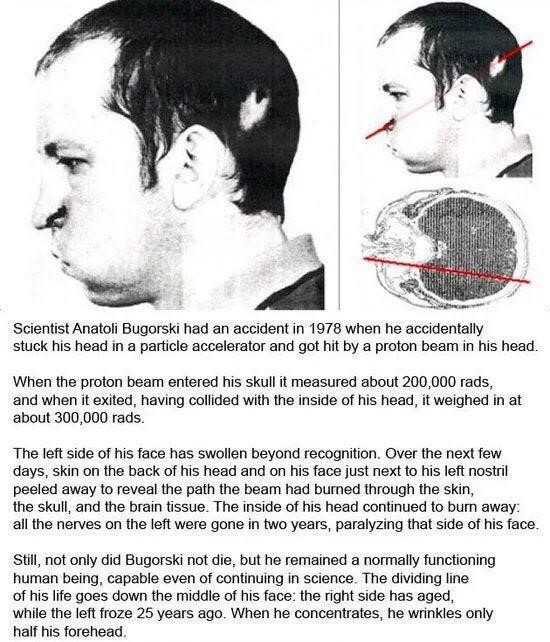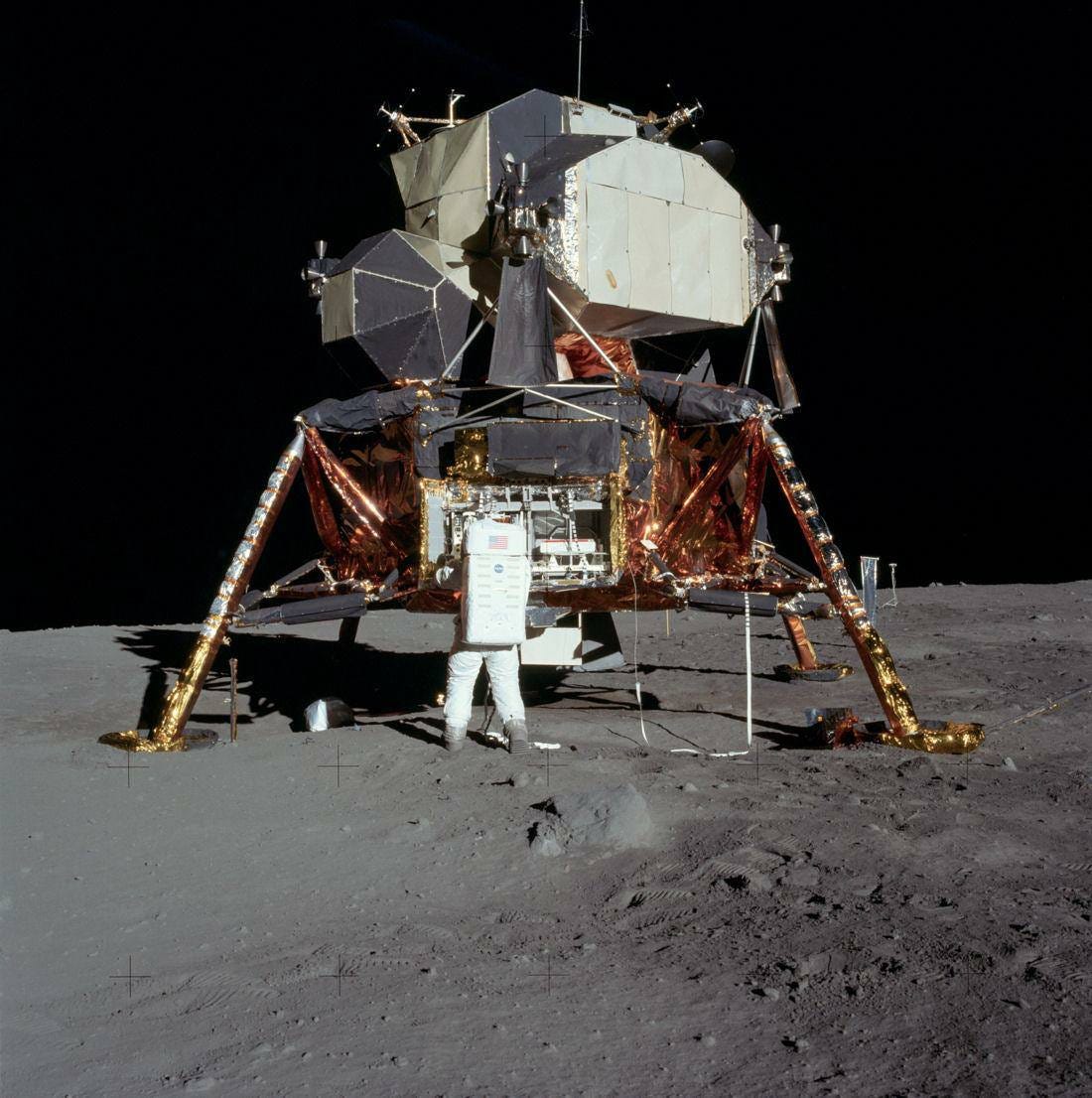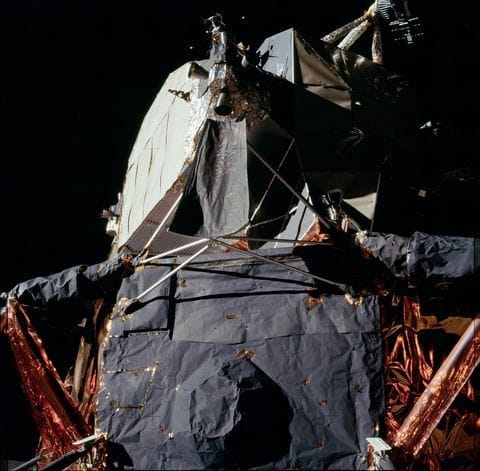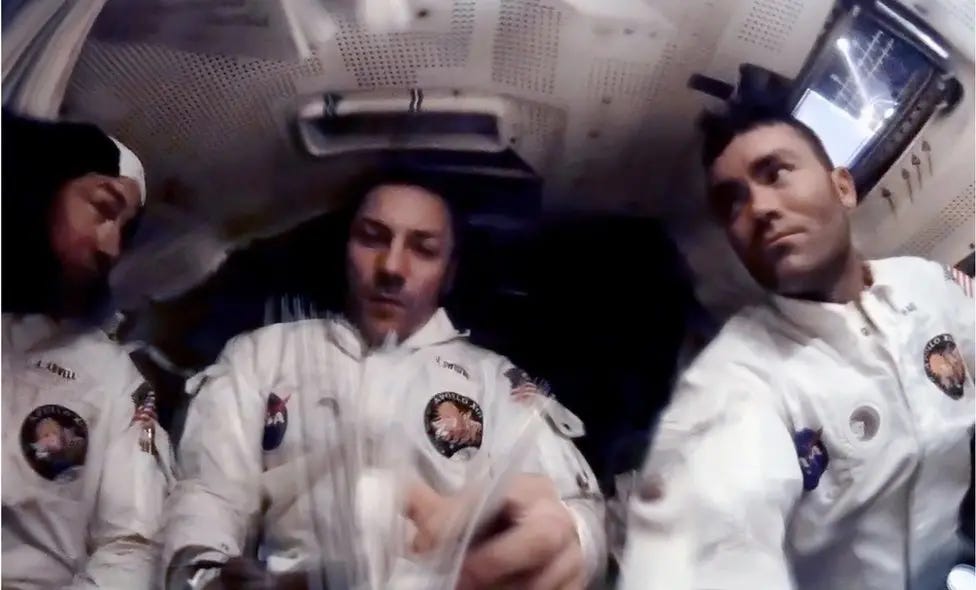Moon walkers Part 1
Space travel going backwards
During the Second World War, the balance of power in the skies over Britain was tipped by the development of the Spitfire. Twenty-four years later aeronautical technology had advanced to the extent that the United States announced the successful completion of the first manned flight to the moon. Between 1969 and 1972 the US recorded six crewed missions to the moon, each travelling the 240,000 miles there and back.
In the subsequent years this rapid advance of technology has reversed to a decline.
This is not due to a lack of will, as NASA astronaut Don Pettit explains,
“Listen, I'd go to the moon in a nanosecond. The problem is we don't have the technology to do that anymore -we used to but we destroyed that technology and it's a painful process to build it back.”
On June 24, 2005, NASA admitted: “NASA’s Vision for Space Exploration calls for a return to the Moon as preparation for even longer journeys to Mars and beyond. But there’s a potential showstopper: radiation. Space beyond low-Earth orbit is awash with intense radiation from the Sun and from deep galactic sources such as supernovas …Finding a good shield is important.”
The problem of radiation has been experienced on earth by Anatoli Petrovich Bugorski who was wounded in an accident with a particle accelerator when a proton beam passed through his head. He was lucky to survive with burns and partial facial paralysis. The incident is illustrative of what an astronaut in space without radiation shielding might experience throughout their whole body.
As NASA's Kelly Smith acknowledges of the van Allen radiation belts that are believed to surround the earth,
“We must solve these challenges before we send people through this region of space.”
Author of Wagging the Moondoggie, Dave McGowan, observed,
"One of the main reasons the Soviets never made it to the Moon was because their scientists calculated that four feet of lead shielding would be required to protect their astronauts, and those same scientists apparently felt that spaceships wouldn’t fly all that well when clad in four feet of lead."
NASA's Jeffrey Rusick concedes,
“The radiation challenge is such a big challenge for us we don't know what to do with it.”
On behalf of NASA he solicited ideas from, “K through 12 (kindergarten to twelfth grade -age 5-6 to 18), college students, whoever's out there, NASA, and we're all looking for ideas for how we solve that problem for deep space exploration -how do we protect ourselves, how do we shield ourselves?”
In 2014, NASA’s invitation for helpful suggestions stated,
“The goal of the Exploration Design Challenge is for students to research and design ways to protect astronauts from space radiation. NASA and Lockheed Martin are developing the Orion spacecraft that will carry astronauts beyond low Earth orbit and on to an asteroid or Mars. Protecting astronauts from radiation on these distant travels is an important -- and very real -- problem that needs solving. NASA would like your help!”
Astronauts of the International Space Station recognise that,
“Right now we only can fly in Earth orbit -that's the farthest that we can go and this new system that we're building is going to allow us to go beyond and hopefully take humans into the solar system to explore. So the Moon, Mars, asteroids, there's a lot of destinations that we could go.”
In a 2010 speech, Barack Obama announced a program that,“will test and prove the systems required for exploration beyond low earth orbit.”
Radiation is not the only hazard that was successfully navigated in 1969 that poses challenges today.
NASA says that, "Meteoroids constantly bombard the Moon.”
Dr. David McKay, Chief Scientist for Planetary Science and Exploration at NASA's Johnson Space Center (JSC) expounds on the hazard.
"Apollo moon rocks are peppered with tiny craters from meteoroid impacts," explains McKay. This could only happen to rocks from a planet with little or no atmosphere... like the Moon.
Meteoroids are nearly-microscopic specks of comet dust that fly through space at speeds often exceeding 50,000 mph -- ten times faster than a speeding bullet. They pack a considerable punch...The tiny space bullets can plow directly into Moon rocks, forming miniature and unmistakable craters.”
Defending the astronauts from the radiation and micrometeorites, the skin of the crew cabin of the lunar module was 12/1000ths of an inch or 0.03 of a millimetre, thick.
“Harold Loden, Apollo 11 mission controller, “The skin on the crew cabin [of the lunar module] was very thin, and that was all done because of weight savings.”
Gene Krantz Apollo 11 Flight Director added that, “If you really took your finger and poked hard at it, you could poke right through the outer skin of the spacecraft. It was about the thickness of two layers of aluminum foil.”
Project Manager Thomas Kelly concurred noting that, “the skin, the aluminum alloy skin of the crew compartment was about 12/1000s of an inch thick. That’s equivalent to about three layers of Reynold’s Wrap that you would use in the kitchen.”
The lunar modules logged 2,000,000 miles of space flight without mishap and,
“for virtually the entire 234,000-mile journey from the Earth to the Moon, that flimsily constructed lunar module essentially served as the front bumper of the mother ship.”
During Apollo 13 the astronauts also sat in the lunar module for the entire return trip without wearing their space suits or helmets.
NASA receives an annual budget of $25.4 billion, or approximately $70 million per day for its technological regression. Despite the apparent reversal in its capabilities, there seems to be no lack of interest or enthusiasm.
In an article on Space.com Jack Burns, “of the Center for Astrophysics and Space Astronomy at the University of Colorado, Boulder, and director of the Lunar University Network for Astrophysics Research,” claimed that, “We only went to the moon six times and we didn’t even go to the most interesting places on the moon. There’s so much more to discover about the moon just from a scientific perspective, what it can tell us about the formation of the Earth.”
In the same article Michael Wargo, identified as the “chief lunar scientist for Exploration Systems at NASA Headquarters,” says,
“’None of our spacesuits that we currently have would be appropriate for that extreme an environment,’ Any materials built for Earth-like temperatures won’t work on the moon. ‘They don’t bend anymore, they fracture, and they fracture brittle-y, and so everything gets extremely brittle at those temperatures.’”
The temperatures on the moon fluctuate from +200 to -200 degrees Celsius (+392 to -328 degrees Fahrenheit.
Unfortunately, NASA has lost the relevant data from its previous successful missions. As Dave McGowan explains,
"Also allegedly beamed back from the Moon was voice data, biomedical monitoring data, and telemetry data to monitor the location and mechanical functioning of the spaceship. All of that data, the entire alleged record of the Moon landings, was on the 13,000+ reels that are said to be ‘missing.’ Also missing, according to NASA and its various subcontractors, are the original plans/blueprints for the lunar modules.
And for the lunar rovers. And for the entire multi-sectioned Saturn V rockets.
There is, therefore, no way for the modern scientific community to determine whether all of that fancy 1960s technology was even close to being functional or whether it was all for show. Nor is there any way to review the physical record, so to speak, of the alleged flights. We cannot, for example, check the fuel consumption throughout the flights to determine what kind of magic trick NASA used to get the boys there and back with less than 1% of the required fuel. And we will never, it would appear, see the original, first-generation video footage."
The devolution in manned space travel since the Apollo missions is strikingly illustrated by a visual comparison of the 30 earth diameters to the moon travelled in 1969 when voyages of only a fraction of a single earth diameter are possible now. Where in 1969 man travelled 240,000 miles to the moon, now he can travel less than 400 miles from earth.





Even a cursory hearing of the tale exposes it to be a grand hoax!!! Thanks for this enjoyable read Francis
There's no devolution. It's pretty obvious McGowan is right.